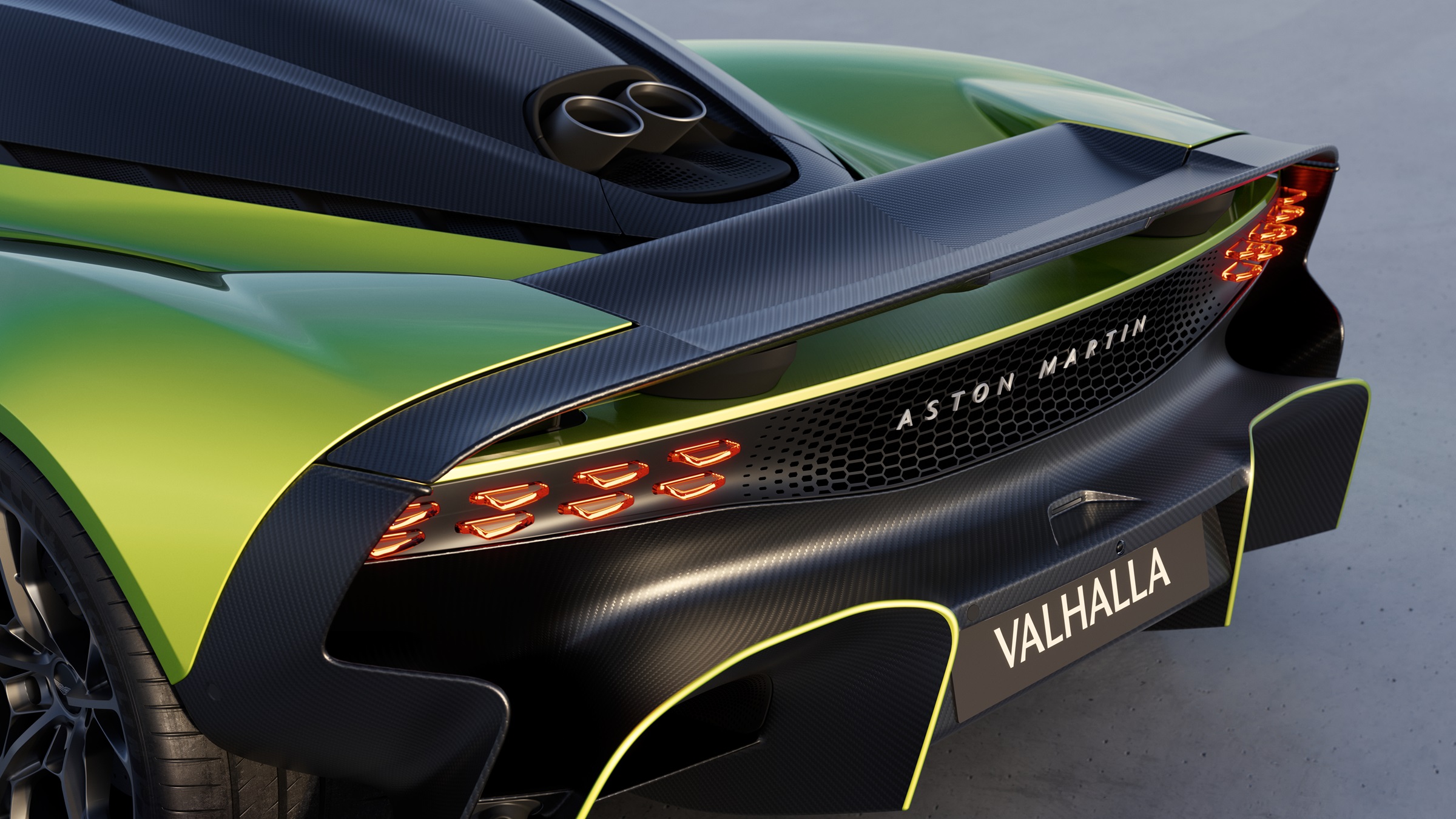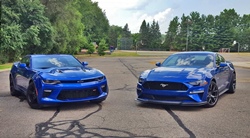The Aston Martin Valhalla is a supercar that has reflected the best and worst of Aston Martin’s fortunes in recent years. The model had its origins back in 2019 when it was known as the AM-RB 003 concept. The concept promised to be the ultimate expression of performance and it seemed that the company was on the cusp of writing a new chapter for itself.
Then the COVID-19 pandemic a year later caused the world to shut down and Aston’s fortunes to take a dark turn downward. As a result, the Valhalla was repeatedly delayed as the company focused on bigger problems including its own existence. However, Aston engineers kept up the development of the Valhalla and continued to put the pieces in place to make sure that the five-year wait was worth it for buyers looking for a solid flagship supercar model.
Valhalla is your ticket to the gods

It remains to be seen if the Valhalla will be worth the wait, but until Aston chooses to let us behind the wheel, we have to make do with marveling at its impressive stats. There’s 1,064 combined horsepower in play with 817 of them coming from a twin-turbocharged 4.0-liter V8. The engine is a highly modified version of the one used in the DBX707 SUV. A flat-plane crank is added along with new pistons, a dry sump lubrication system, bespoke camshafts, and an improved ignition system. Meanwhile, the turbochargers were revamped too to help make more power.
The rest of it comes from three electric motors with one being mounted in the eight-speed transmission where it mainly serves as the starter and generator. The other two are up front which helps give the Valhalla standard all-wheel drive while also sending the right amount fo grip to each wheel. The motors also allow the Valhalla to have torque vectoring and an all-electric driving mode that can be used at speeds up to 80 mph but at the cost of a mere 8.6 miles of range. The Valhalla has no reverse gear so the front motors are responsible for moving the car backward when it needs to be put in reverse. Aston says the setup allows the Valhalla to make the sprint to 60 mph in an estimated 2.7 seconds before topping out at 217 mph. This top speed is partially due to the active aero system with the spoiler and the front lip having the ability to be adjusted depending on the speed of the vehicle. Handling is covered by a five-link rear suspension and an F1-style pushrod front suspension.
A key feature here is Aston’s Integrated Vehicle Control System (IVC) which is the figurative hub of the Valhalla’s performance hardware and is responsible for processing the calculations needed to make minute adjustments depending on the driving conditions.
Purpose-built interior and exterior mixes comfort with performance

The interior is spartan when compared to some of the more bespoke cabins that the company has done over the years. However, stylish butterfly doors open up to reveal a sea of carbon fiber trim with a stubby F1-inspired steering wheel greeting the driver’s hands. The dashboard is a functional carbon fiber brace with two digital screens being mounted to the piece. The floor is elevated and the seats are reclined on a single-piece carbon fiber frame to create a racing feel with the aggressively bolstered seats providing plenty of support and comfort.
“With the next generation of sports cars launched to critical acclaim, we are now adding the first ever mid-engine series production Aston Martin to our portfolio, the ultimate driver’s supercar,” said Aston Martin CEO Adrian Hallmark. “On paper and on-track Valhalla delivers the most driver-focused, technologically advanced supercar, with true hypercar performance and yet on the road it is as useable and enjoyable as any Aston Martin. A unique proposition, designed to be the most elegant and exciting product in the market.”
The exterior of the Valhalla is purpose-built with the big grille and headlights inviting the eye to gaze over its sculpted bodywork with the side profile getting functional vents and a prominent design line that goes towards the large wheels with the rear getting slender taillights and a large rear bumper with a prominent rear splitter.
When can I buy one?

Buyers that endured the five-year wait to see it will be pleased to hear that the wait is almost over for the Valhalla with production slated to begin in the second half of 2025. Pricing wasn’t revealed but look for it to reflect the sheer amount of performance on hand as well as its rarity with Aston Martin only planning to build 999 examples of the supercar.

Carl Malek has been an automotive journalist for over 10 years. First starting out as a freelance photographer before making the transition to writing during college, his work has appeared on numerous automotive forums as well as websites such as Autoshopper.com.
Carl is also a big fan of British vehicles with the bulk of his devotion going to the Morgan Motor Company as well as offerings from Lotus, MG, and Caterham. When he is not writing about automobiles, Carl enjoys spending time with his family and friends in the Metro Detroit area, as well as spending time with his adorable pets.

